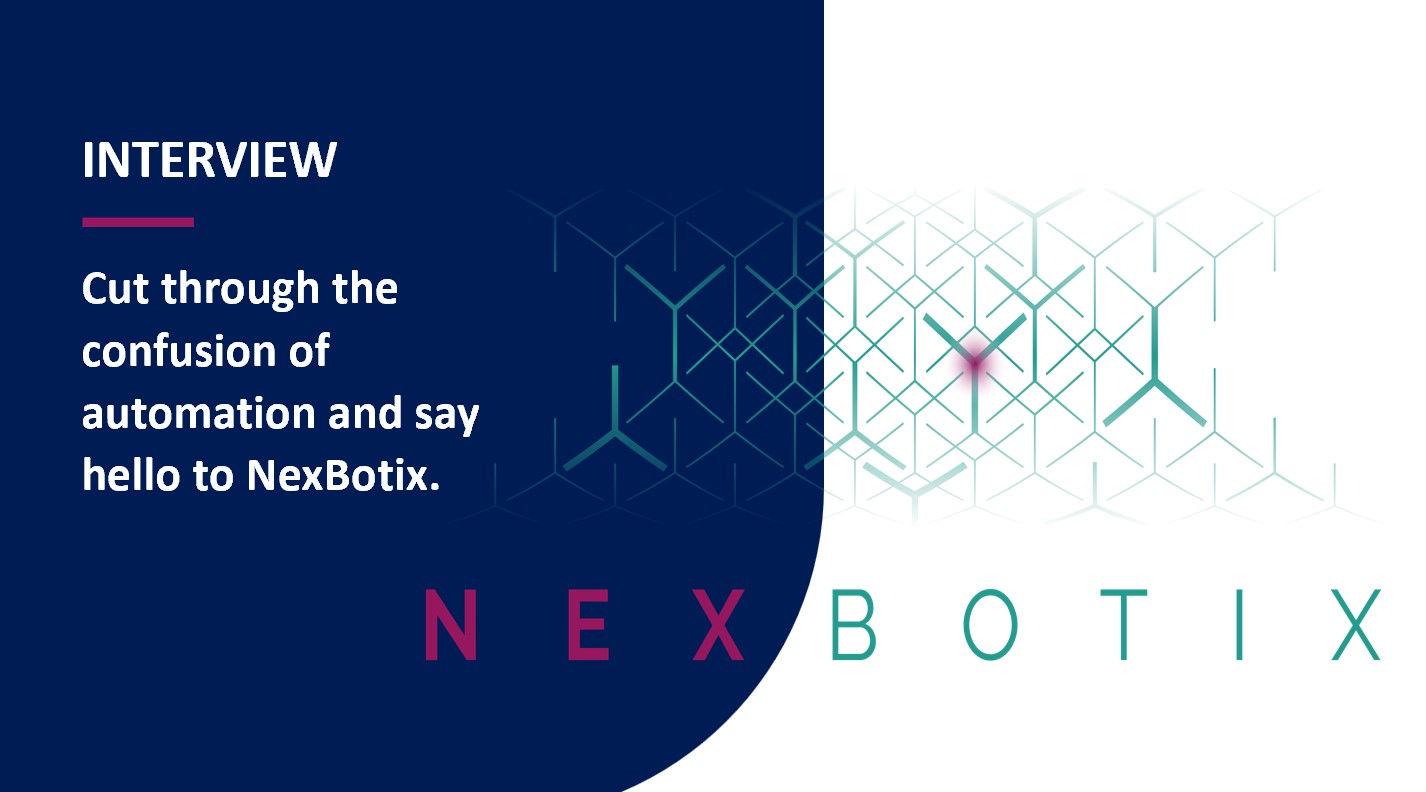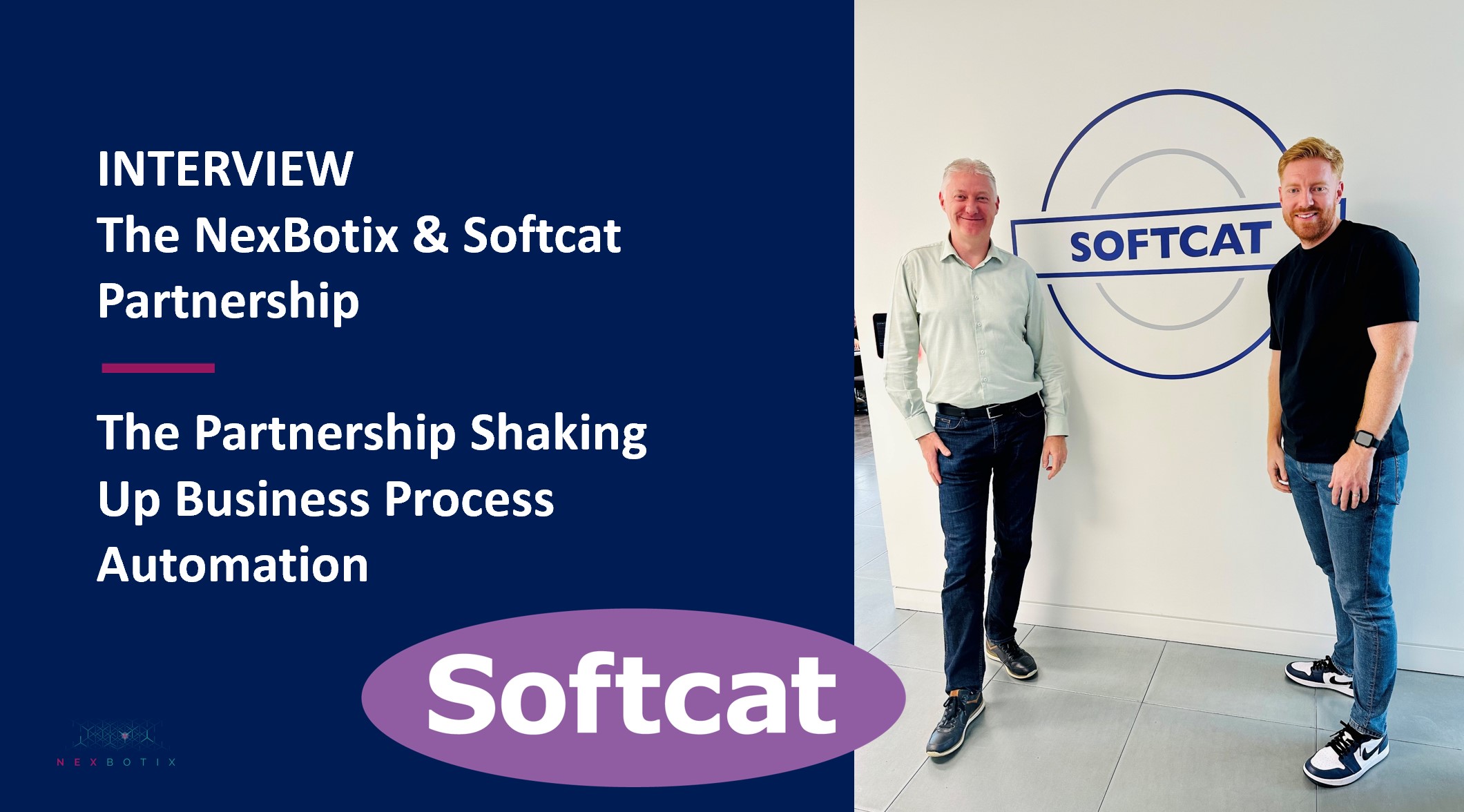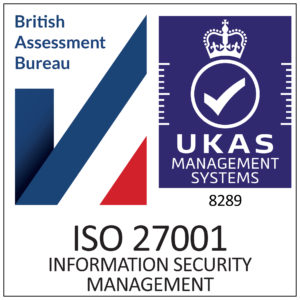It’s a given that the regulatory compliance landscape is constantly evolving and adapting, it’s becoming a huge challenge for insurers to meet these demands. Not only does this require huge operational effort and investment of human resources but insurers find themselves fighting a long uphill ‘regulatory marathon’. The consequences of not meeting compliance can be costly from a financial, ethical and reputational perspective; your customers can simply lose trust in your offerings. There are many external examples of compliance within insurance such as GDPR and company licensing, however, there is a list of internal requirements that need to be met within client onboarding, policy cancellations, and underwriting. Let’s take a dive into these processes.
Data Processing
GDPR came into effect in May 2018 forcing many businesses to re-evaluate their data and regulatory policies. Data processing and analysis are key components within insurance, insurers had to meet strict requirements and that meant being more transparent with customers and partners. Insurers hold a range of personal data about their policyholders and employees, this information is extremely sensitive. Furthermore, GDPR has also introduced far stricter data localisation requirements meaning increased difficulty with cross-border data collection, processing and storage. Intelligent Automation speeds up the data analysis process, allowing insurers to stay in control of the information they hold with regards to their customers and employees. It erases the need for manual storing of information and managing data. Custom-built bots can mimic the repetitive tasks via machine learning and human gauging via artificial intelligence. This can be mass-produced at scale within several functions, the possibilities are limitless. GDPR now also provides individuals with the right to access information; whilst seemingly straightforward, this is proving quite difficult for organisations to manage and is a critical regulatory requirement that they must adhere to. By implementing an end-to-end automated workflow, organisations are now in a position to simplify this entire process. The digital worker (bot) will be capable of recognising the request when combined with intelligent email classification technology, adhering to time limitations ( on average 30 days), searching, identifying, gathering and compiling the data, whilst also – crucially – being carefully built and configured to ensure that regulatory requirements are consistently and accurately met. For example, ensuring that the personal data of other individuals is not disclosed to the requestor (without their explicit consent for you to do so). As most are aware, the GDPR is a minefield – through automation of these critical data privacy and data protection processes, your organisation can ensure that it is significantly reducing risks posed by a data breach or errors caused by inaccurate and inconsistent data privacy processes.
Fraud Detection and Risk Management
Machine learning can be utilised to improve many services across the Insurance sector. However, the predictive capabilities of machine learning will enable insurers to better detect risks at scale. Whether it’s identifying fraud, or identifying billing anomalies, Intelligent Automation can enormously improve business operations and processes. Intelligent Automation also enables the organisation’s within the insurance sector to collate larger volumes of data (both structured and unstructured) that was previously a very time-consuming task for the human worker. These large volumes of data better facilitate the ability to accurately and confidently assess and mitigate risk. This is particularly important in circumstances where senior stakeholders are tasked with making business-critical decisions – they are far better equipped to do so when they have access to higher volumes of data and analyses.
Onboarding Customers
The customer onboarding process requires a vast amount of data analysis and screening, currently, this is obtained from various files and web-based sources and databases. Insurers find themselves sieving through mountains of documents and spreadsheets. With no clear ownership or management of this information, this produces huge regulatory risk for insurers as they find it very difficult to enforce compliance. Intelligent Automation simply performs the desktop-based steps/actions on behalf of the human user. So, if data is accessed from / stored somewhere, the bot can go to these sources and obtain the information (up to 4x times faster than the human worker). As a result, Insurers feel in control of what information they have of their new customers and don’t have to worry about meeting the various regulatory requirements as this is all automated end – end. Furthermore, these bots can search and gather data from various sources, then compile this data into one comprehensible output, thus facilitating faster decision-making and a smoother customer onboarding process. Once the human user has completed logic-based activities (such as analysis, decision-making and customer engagement) the bot can complete latter-stage rules-based activities such as setting up the new customer on internal CRM and AP systems. Similarly, the underwriting process requires insurers to vet against customers and analyse huge amounts of varying data; as a result, insurers can generate premiums and excess fees for that potential customer. Intelligent automation can automatically deliver, acquire and enhance the precise data required from any external or internal source. As a result, this reduces the risk of non-compliance fines and ensures that insurers are meeting the required regulatory rules and guidelines. Intelligent Automation can automate a range of specific compliance demands, managing your past, current, and future demands whilst keeping you ahead of the curve. The risk of human error is eliminated meaning employers can focus on retraining, further developing their workforce, and re-investing human resources into the more front-facing strategic roles. The insurance industry is more than ready to take advantage of Intelligent Automation technologies. Automation is the clear solution and regulatory compliance is necessary for the ongoing success and prosperity of insurance companies.








